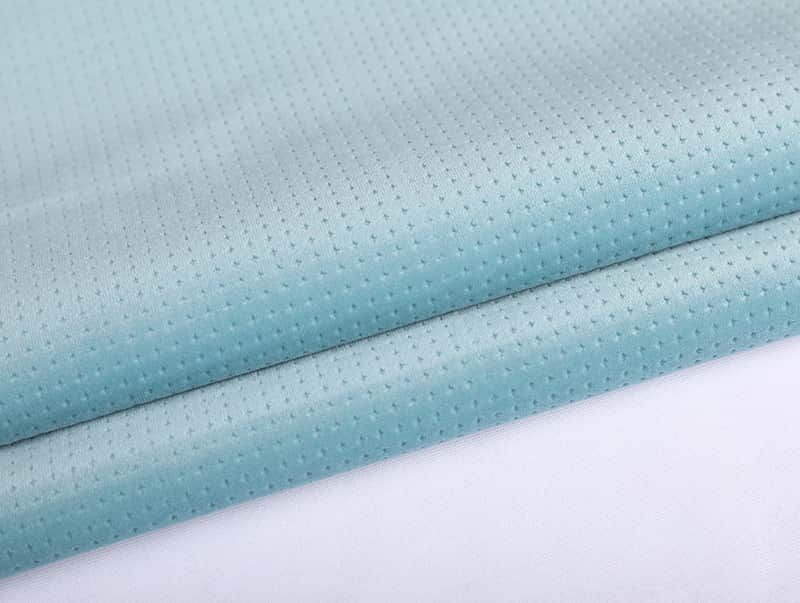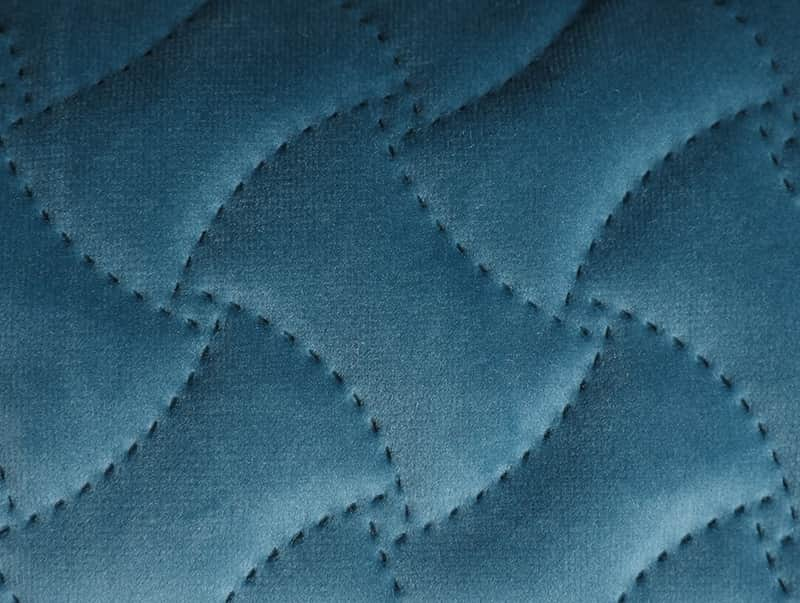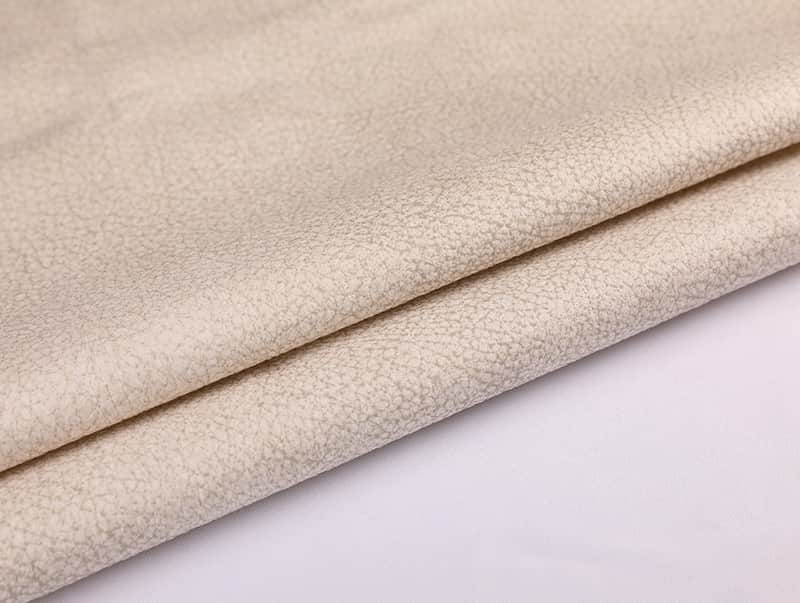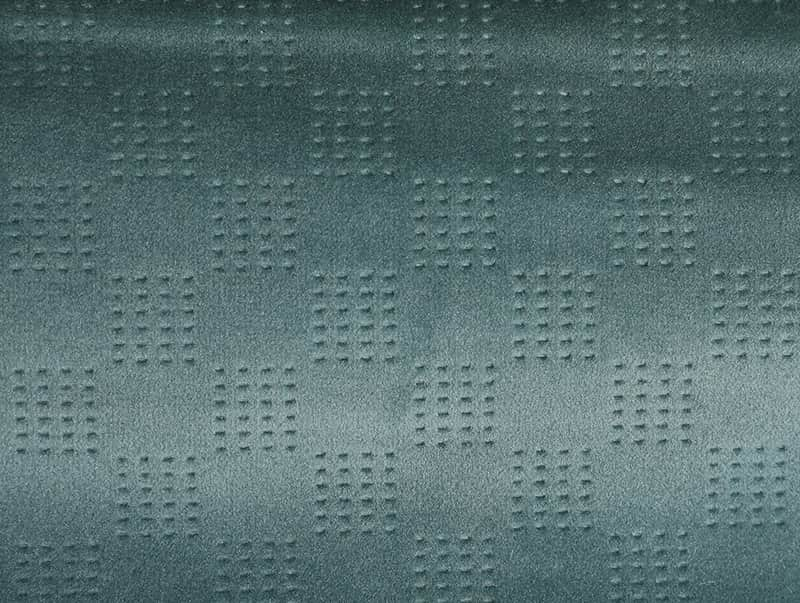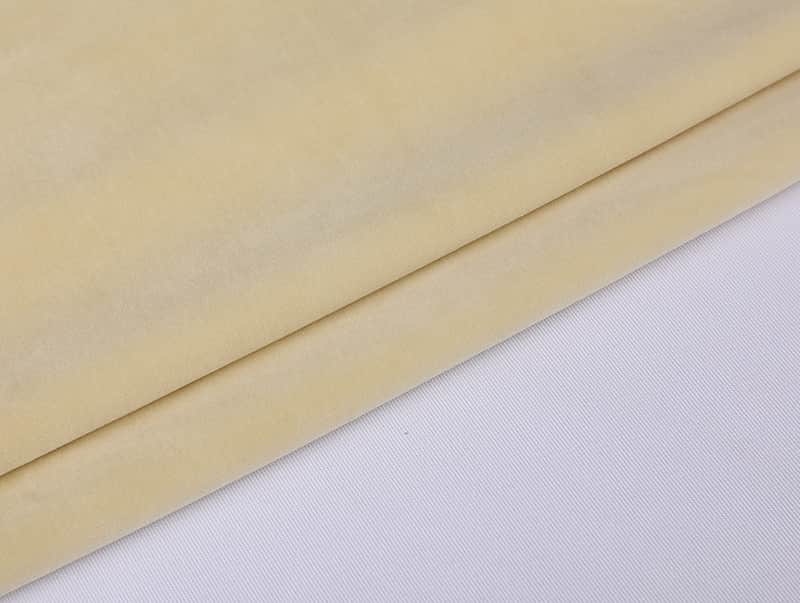Velvet upholstery fabric, with its unique texture and luxurious appearance, can be both a practical and aesthetic choice in various climates. However, its suitability for different environments depends on factors like temperature, humidity, and weather conditions. Let’s explore the benefits and drawbacks of using velvet upholstery fabric in different climates:
Benefits of Velvet Upholstery Fabric in Different Climates
1. Cold Climates
Velvet is a great choice for colder climates due to its thermal insulation properties.
Heat Retention: Velvet, especially when made from natural fibers like silk or wool, has a dense pile that helps trap air. This trapped air acts as an insulating layer, helping to retain heat and maintain a cozy, warm environment indoors.
Visual Warmth: Velvet’s rich texture and light-reflecting qualities can create a visual warmth, making a room feel cozy and luxurious, even in cold weather.
Comfort: The plushness of velvet feels soft and comforting against the skin, which is particularly inviting in colder environments where warmth is a priority.
2. Temperate Climates
Velvet can work well in temperate climates where the weather fluctuates between warm and cool seasons.
Versatility: In temperate climates, velvet upholstery can provide a balance between comfort and aesthetics. It can offer warmth during chilly mornings or evenings, while still feeling comfortable in milder temperatures.
Aesthetic Appeal: Velvet’s deep colors and rich texture can enhance the ambiance of a space, making it feel more luxurious without being overwhelming. Lighter velvet fabrics, such as pastel-colored polyester velvet, are especially good for creating airy and bright interiors.
Seasonal Adaptability: Velvet can transition from winter to spring effectively, especially if you choose lighter shades or synthetic velvet that is breathable and slightly more suited for milder conditions.
3. Hot Climates
Velvet can be less ideal for hot, humid climates, but its performance depends largely on the fiber composition.
Air Trapping: The dense pile of velvet can trap heat, which may cause it to feel warm and heavy in hot weather. This can make it uncomfortable in regions with high summer temperatures or humidity.
Breathability: Velvet, especially synthetic versions like polyester velvet, tends to be less breathable than fabrics like cotton or linen, which can lead to discomfort in hot and humid conditions. This lack of breathability can result in the fabric feeling stuffy or uncomfortably warm for both sitting on and touching.
Moisture Retention: Velvet made from natural fibers such as silk or cotton can absorb moisture, but in high humidity, these fabrics might become damp or feel heavier, which could be unpleasant in hot climates.
4. Humid Climates
In humid climates, velvet’s moisture-retention properties can pose challenges.
Absorption: Velvet made from natural fibers like silk or cotton can absorb moisture from the air. While this may provide warmth and comfort in drier climates, in humid conditions, the fabric can feel damp or heavy and may not dry out quickly.
Mildew and Mold Growth: Due to its dense structure and moisture-absorbing properties, velvet in humid climates may become prone to mildew or mold growth, especially if the air is consistently damp. Synthetic velvets (like those made from polyester) tend to be more resistant to moisture but may not be breathable.
Staining: Velvet is more susceptible to water stains or damage from humidity, especially when untreated or improperly maintained. The pile can become crushed or flattened if exposed to too much moisture, compromising the fabric's luxurious appearance.
5. Coastal/Seaside Climates
In coastal or seaside environments, the combination of salt air, humidity, and sun exposure can also impact velvet’s performance.
Salt and Humidity Exposure: Velvet can be susceptible to damage from salt and moisture in coastal areas. Natural velvet fibers can absorb moisture and be vulnerable to discoloration or degradation. In such conditions, synthetic velvet fabrics, such as polyester velvet, may fare better as they are less absorbent.
Sunlight and Fading: Velvet fabrics, especially those in lighter colors, may fade over time if exposed to strong, direct sunlight common in coastal areas. Velvet made from synthetic fibers tends to be more resistant to fading than natural fibers.
Drawbacks of Velvet in Various Climates
1. Hot and Humid Climates
Uncomfortable Feel: Due to its dense pile, velvet can make you feel too warm or sticky in hot, humid climates, as it traps heat and doesn't allow air to circulate efficiently.
Stains and Water Marks: In humid conditions, velvet upholstery can easily develop stains from sweat or spills. Natural velvet fabrics, particularly silk velvet, can be more difficult to clean and may lose their luxurious finish if exposed to excess moisture.
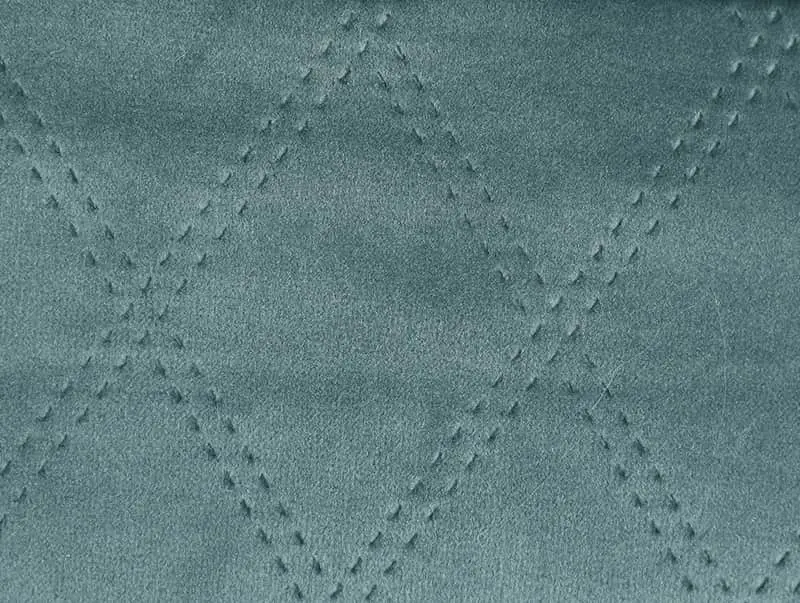
2. Cold Climates
Overheating: Velvet, especially in heavier, thicker weaves, can feel too warm in overheated indoor environments. If the room is already well-insulated and heated, velvet may make the space feel too warm and stuffed.
Cleaning Maintenance: In colder climates, where people tend to layer up with heavier clothing, dirt and oils can accumulate more easily on velvet upholstery. This can require more frequent cleaning to maintain the fabric’s pristine look.
3. Temperate Climates
Seasonal Transition: While velvet is versatile, it may require more attention to seasonal changes. For example, velvet upholstery may feel too warm in summer but not provide enough insulation during winter unless used in combination with other fabrics or heating elements.
Fabric Care: Velvet requires special care to prevent damage to the pile, such as brushing it regularly to keep it looking pristine. In temperate climates, where both heating and cooling may be used, regular care is necessary to ensure velvet remains in good condition.
Best Use of Velvet in Different Climates
Cold Climates: Velvet upholstery can create a cozy, warm atmosphere in cold weather, making it ideal for use in living rooms, bedrooms, or areas where comfort is key. Velvet cushions and throws are also great additions in such climates.
Temperate Climates: Velvet can work well for accent furniture or curtains, offering an elegant look while still being adaptable to seasonal changes. Lighter, synthetic velvet options are ideal for areas with fluctuating temperatures.
Hot Climates: It is best to avoid heavy velvet upholstery in hot, humid environments. Instead, opt for lightweight velvet or synthetic alternatives for smaller decorative pieces, or choose other breathable fabrics like cotton or linen for furniture.
Humid and Coastal Climates: Synthetic velvet is better suited for these environments because it resists moisture and mildew. However, velvet may still need to be protected from direct sunlight and humidity to ensure its longevity.
